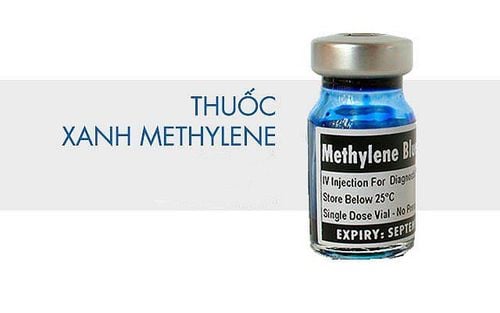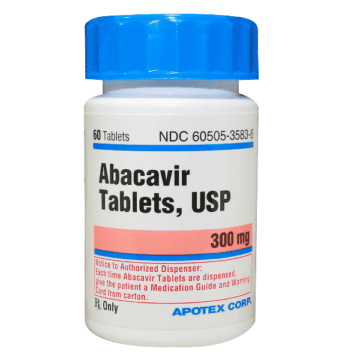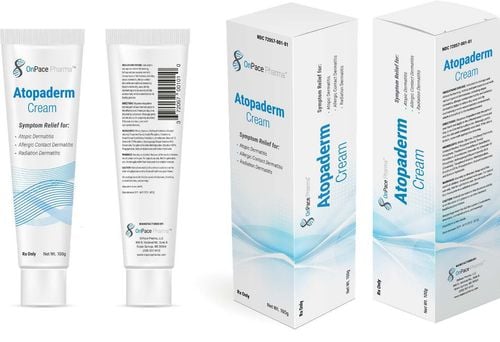This is an automatically translated article.
Antibiotics are an indispensable group of drugs in modern medicine. Realizing the top importance of this group of drugs, apothecologists have created many different routes of antibiotic use: injection, oral, ophthalmic, topical antibiotics in addition... So when What should I pay attention to when applying antibiotics on the skin?1. Why should antibiotics be applied to the skin?
It is estimated that worldwide, 7-10% of patients are hospitalized for skin and soft tissue infections caused by invasive microorganisms. Infection at the surgical site occurs in about 2-5% of patients undergoing clean extra-abdominal surgery and in up to 20% of patients undergoing intra-abdominal surgery. Infection increases the incidence of other co-infections and prolongs hospital stays, affecting health care resources.Staphylococcus aureus (S. aureus) is one of the most common causes of healthcare-associated infections such as: surgical site infections, skin infections in dialysis patients and infections in patients treated in the intensive care unit (ICU).
Topical antibiotics (topical antibiotics) help prevent bacterial infections. There are many topical antibiotics such as bacitracin, mupirocin, gramicidin, fusidic acid, and gentamycin. However, there is some concern regarding antibiotic use because of the potential for long-term antibiotic resistance.

Thuốc kháng sinh tại chỗ (kháng sinh bôi ngoài da) giúp hỗ trợ ngăn ngừa nhiễm trùng do vi khuẩn
2. When are topical antibiotics indicated?
Topical antibiotics are often used to treat minor wounds (eg, cuts, scrapes, burns), to help prevent or treat minor skin infections. Most minor skin wounds and infections usually heal on their own without treatment, but some minor skin wounds may heal faster when antibiotics are applied to the affected area.3. Instructions for applying antibiotics on the skin
Note that topical antibiotic products are for use on the skin only. Do not use topical antibiotics inside the nose unless directed by your doctor. Follow all directions on the product packaging or use topical antibiotics as directed by your doctor.Patients need to wash their hands before applying antibiotics on the skin. Avoid getting antibiotic products applied on the skin to the eyes or mucous membranes of the mouth, if this happens, quickly wipe off the medicine and rinse thoroughly with water.
Clean and dry the affected or injured area as directed. Apply a small amount of topical antibiotic in a thin layer to the skin, usually 1-3 times daily, or use as directed by your doctor. Rub gently if wound condition allows then cover with a bandage (if directed). Wash your hands after using topical antibiotics.
Do not use a large amount of topical antibiotic on a larger area of skin than prescribed, do not self-medicate more often, or use it for longer than directed because the condition may not improve faster, but the risk of side effects may increase. If the skin wound condition does not improve or worsens after 1 week of using the drug, the patient should contact the doctor immediately.
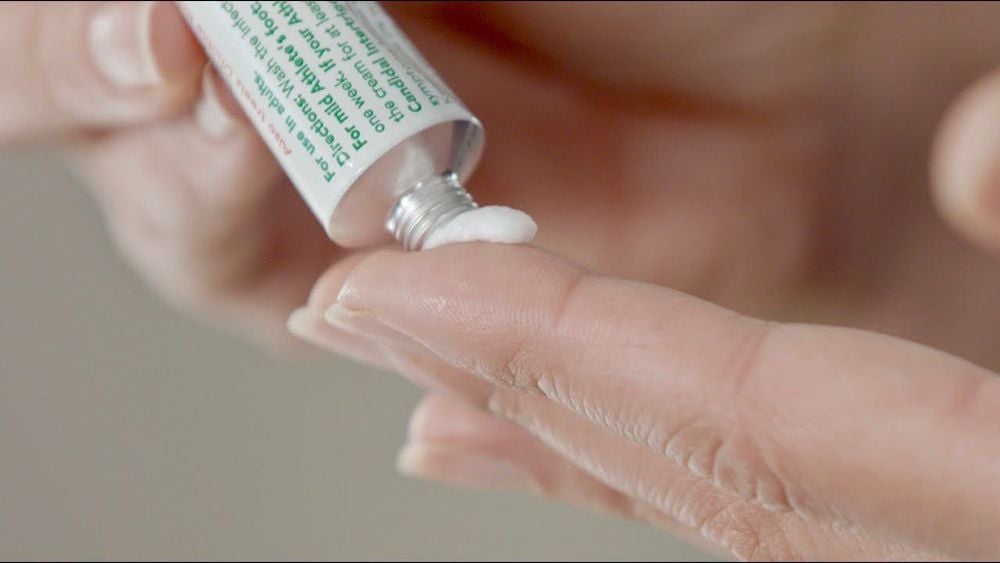
Lưu ý, các sản phẩm kháng sinh bôi ngoài da chỉ được sử dụng trên da mà thôi
4. Some side effects may occur when applying antibiotics on the skin
Some patients may experience burning, redness or skin irritation when applying antibiotics to the skin, if any of these side effects persist or become severe, the patient should immediately notify the doctor or pharmacist. for timely treatment.Doctors prescribe topical antibiotics after assessing the benefit to the patient outweighs the risk of side effects, so the patient should use the drug with peace of mind, because there are many people applying antibiotics There are no serious side effects on the skin.
Some very rare but serious side effects that can occur are: problems with balance/hearing, folliculitis .
The long-term or repeated application of antibiotics to the skin can lead to fungal infections or skin infections caused by other bacteria. Contact your doctor immediately if you notice any new skin abnormalities (eg, scaling, swelling, burning) while using this medicine.
Topical antibiotics can also cause very serious (though very rare) allergic reactions that include: rash, itching/swelling, severe dizziness, trouble breathing.
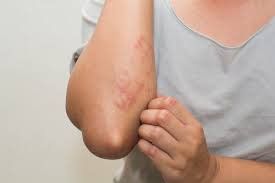
Một số bệnh nhân khi bôi kháng sinh ngoài da có thể bị bỏng, nổi mẩn đỏ hoặc kích ứng da
5. Note when using topical antibiotics
Before using any topical antibiotic product, the patient needs to know if the doctor or pharmacist has a history of allergic reaction to any of the ingredients or any other allergiesMedical history It is also a special issue to be aware of with physicians before prescribing topical antibiotics to patients, most importantly for previous or current skin conditions (including eczema, viral skin infections, etc.) such as shingles, chickenpox, herpes).
During pregnancy and lactation, topical antibiotics should be used only when clearly needed after discussing the risks and benefits with a specialist.
If you have a need for consultation and examination at Vinmec Hospitals under the national health system, please book an appointment on the website for service.
Please dial HOTLINE for more information or register for an appointment HERE. Download MyVinmec app to make appointments faster and to manage your bookings easily.
References: webmd.com, ncbi.nlm.nih.gov





